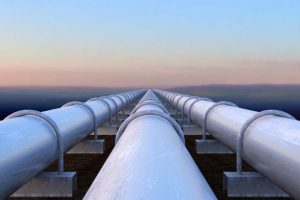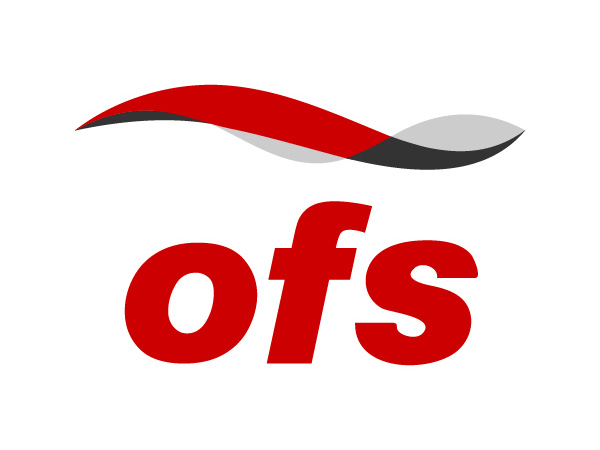 With the growing need to accurately monitor processes in harsh environments, optical fibers are becoming an essential element within monitoring systems, both as the communications line and as the sensing element. Optical fiber sensors have been widely adopted and used in pipeline monitoring, perimeter monitoring, heat detection and structural monitoring systems, all of which operate within the typical 45 °C to 85 °C temperature range of a standard optical fiber.
With the growing need to accurately monitor processes in harsh environments, optical fibers are becoming an essential element within monitoring systems, both as the communications line and as the sensing element. Optical fiber sensors have been widely adopted and used in pipeline monitoring, perimeter monitoring, heat detection and structural monitoring systems, all of which operate within the typical 45 °C to 85 °C temperature range of a standard optical fiber.
However, as industries push their sensing requirements into environments such as those found in oil wells (for downhole measurement) and nuclear reactors, there is a need for optical fibers that can tolerate these extremely high temperatures and challenging environments.
Specifically developed for harsh temperature sensing and communications environments, the new PYROCOAT K Optical Fiber is up to the challenge. This mechanically-strong fiber features an improved coating that provides excellent thermal stability, enabling wider operating temperatures than other commercially available polymer-coated fibers. In fact, the PYROCOAT K Optical Fiber provides reliable performance even when subjected to extreme, long-term, high temperature exposure.
PYROCOAT K Fiber’s thermal stability extends over various continuous temperatures/lifetimes of 275 °C for up to 80 years, 300 °C for up to 13 years, 325 °C for up to 2.2 years and 350 °C for up to 18 days. And this fiber can also withstand short-term (24 hour) excursions at temperatures as high as 450 °C, and provide long-duration stability at low temperature extremes, at and below -65 °C.
With the introduction of PYROCOAT K Optical Fiber, OFS has closed significant, industry-wide performance gaps and opened new opportunities for optical fiber use in harsh environments while also illustrating commitment to the fundamental sciences that allow fiber optics to extend into new and exciting market areas.
To learn more about PYROCOAT K Optical Fiber, go HERE.


